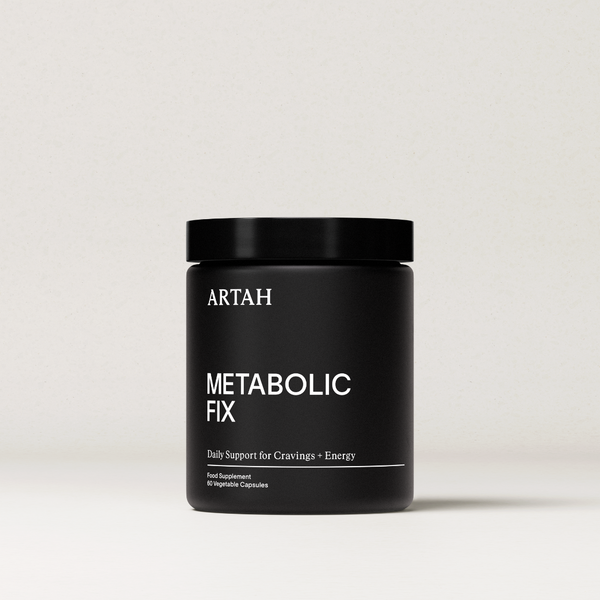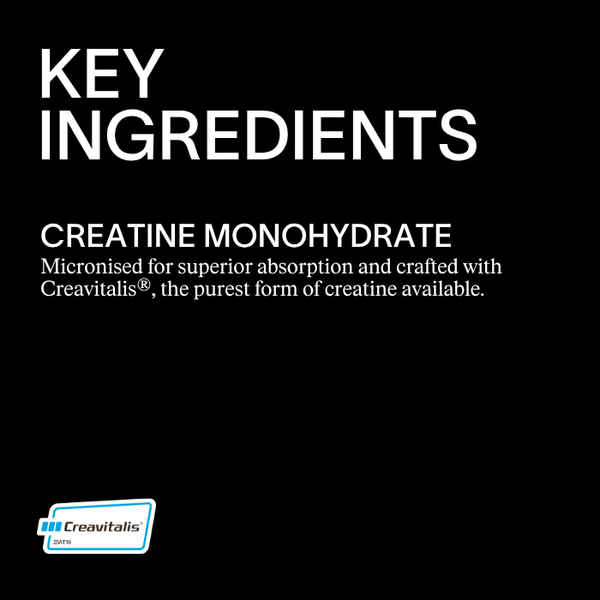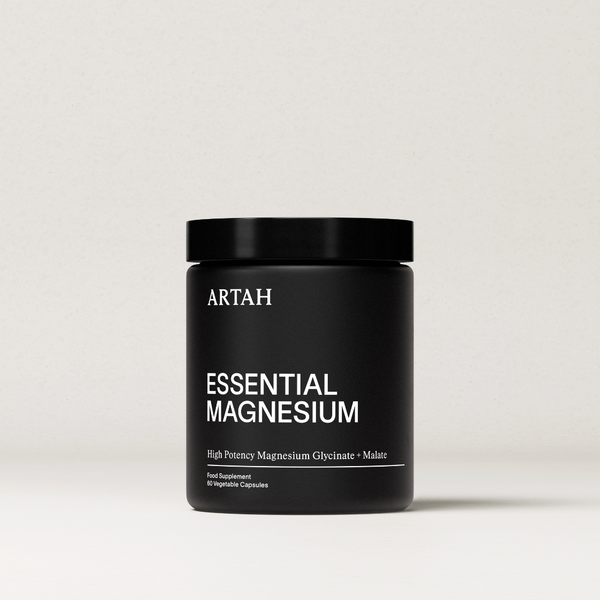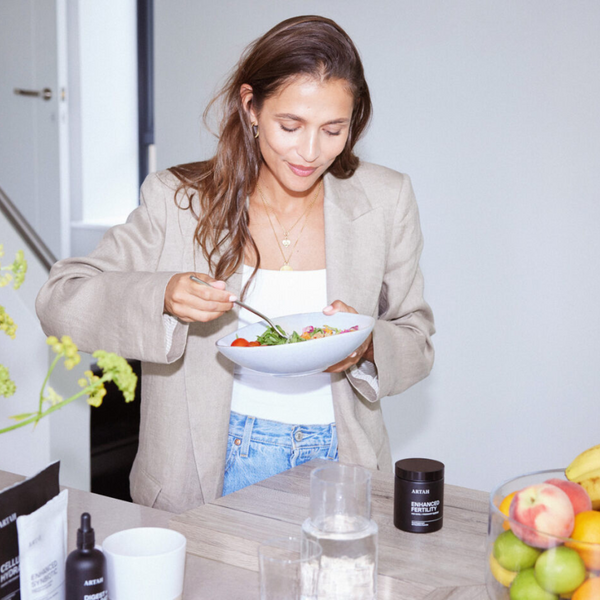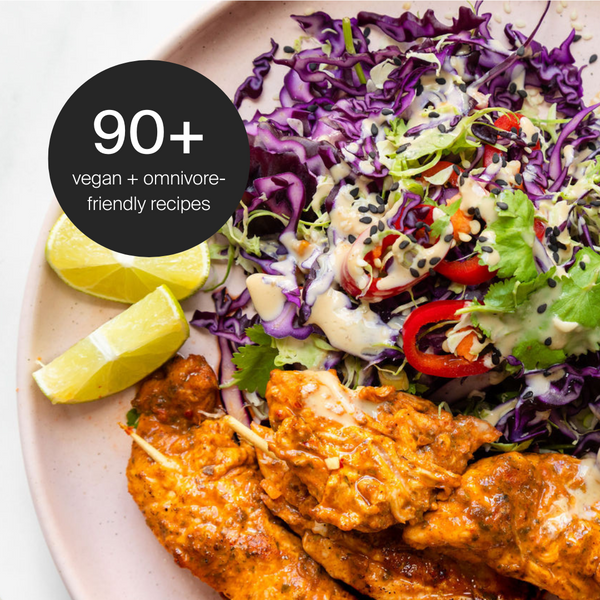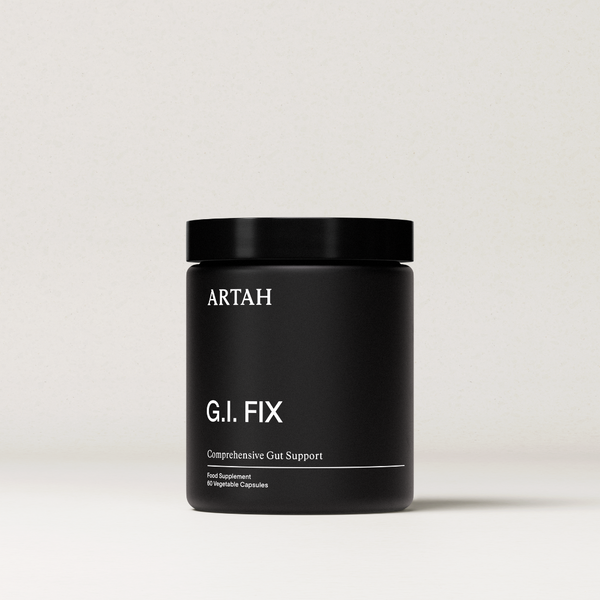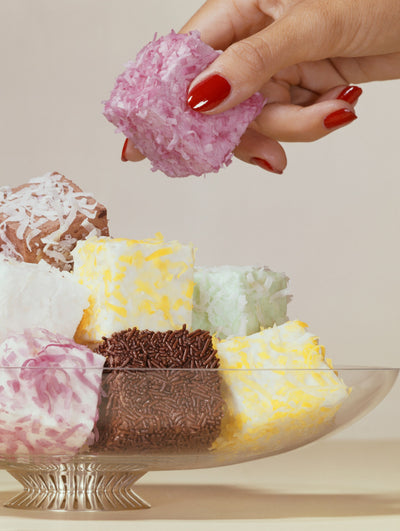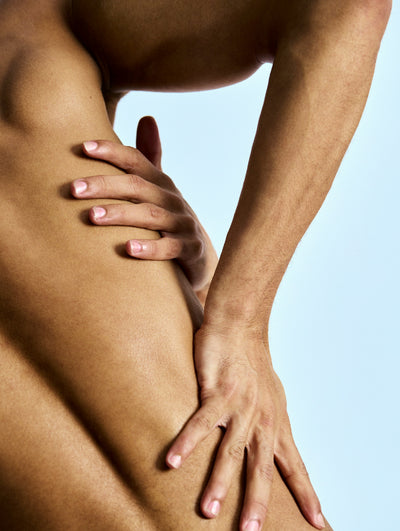Over the years, the long list of benefits from eating a diet rich in fibre has become, well, even longer. We know that fibre helps with satiety, blood sugar control, bowel regularity, and heart health, but there’s a significant side effect of not eating enough fibre that may just blow your mind. Here’s what you need to know.
Bye Bye Barrier
Our gut barrier is just one cell thick, and it’s protected by a mucous layer which serves as our first line of defence against foreign microorganisms, metabolic biproducts, gastric acids and other contents of the gut that would be harmful if leaked outside the intestinal wall. In essence, it helps keep the things in the gut where they belong. Our microbes feed on fibre, and when these trillions of bacteria and fungi that make up our microbiome lack this essential nutrient from inadequate dietary intake, they essentially get hungry. When this happens, they start searching for a source of fuel, and the mucous layer is the perfect solution. In essence, the microbes in our gut start to feed on the protective mucous lining, compromising the integrity of our intestinal barrier. (2)This process can result in heightened inflammation, a weakened immune system, and potential long-term health consequences; the less fibre we eat, the thinner our mucous membrane, and the higher our levels of inflammation. (2)
Sugary Side Effects
If the unsettling idea of a eroding our own internal protection isn't motivation enough to boost fibre intake, it's also important to consider its impact on blood sugar regulation. Studies have shown a connection between low fibre consumption and a compromised ability to regulate blood sugar effectively3. Specifically, soluble fibre, abundant in foods like oats and citrus fruits, acts as a brake on carbohydrate absorption, leading to a gradual release of glucose.(3) Nutritionist Laura Jennings explains, "Fibre reduces the glycaemic index (a measure of how quickly certain foods raise blood sugar) by creating a gelatinous mass that is slow to pass through the digestive tract." This process prevents sudden spikes and crashes in blood sugar. Inadequate fibre intake may lead to erratic blood sugar levels, increasing the risk of insulin resistance, type 2 diabetes and mood disorders. (3)
SCFA Scarcity
The gut, a dynamic hub of activity, houses trillions of microbes actively involved in fermenting dietary fibre. This intricate fermentation process produces an array of molecules, notably short-chain fatty acids (SCFAs) like acetate, propionate, and butyrate. These SCFAs play a crucial role in nurturing gut health; acetate strengthens the gut barrier, while butyrate exerts anti-inflammatory effects. (3) Functioning as messengers, these compounds also influence the immune system, impeding the growth of cancer cells by promoting the demise of harmful cells. (3) When there is not enough fibre to ferment, SCFA production decreases. This shortage can harm the integrity of the intestines, making it easier for harmful pathogens to enter the bloodstream. Inadequate levels of SCFAs contribute to gastrointestinal issues, manifesting as impaired motility and transit problems, including conditions like irritable bowel syndrome (IBS) and constipation.
Empty After Eating
Have you ever finished a meal and still felt hungry, or craved something sweet after a big dinner? It's quite possible that the meal lacked fibre. The impact of fibre on our sense of fullness and satisfaction after eating is often underestimated. Fibre-rich foods take longer to chew and digest, keeping us satisfied for longer periods. On the flip side, not getting enough fibre may lead to greater peaks and troughs in blood sugar, and therefore more cravings and impaired hunger signalling, which in turn contributes to metabolic conditions. (3) Fibre affects fullness through various ways, like increasing saliva and stomach acid, expanding the stomach, holding onto water, and slowing down the emptying of the stomach.
Diminished Disease Defence
Over time, insufficient fibre consumption can lead to a compromised immunity and resilience to chronic disease. Deficient fibre has been linked to a higher likelihood of developing chronic diseases, such as, cardiovascular disease, certain cancers, and metabolic disorders.(3) The SCFA by-products of fibre act as a protective barrier against the onset of type 2 diabetes and obesity. (3) Deprived of the anti-inflammatory and antioxidant properties inherent in SCFAs4, the body becomes more susceptible to the subtle emergence of chronic diseases. (4) Acknowledging the crucial role of fibre in preventing diseases emphasises the importance of adopting a fibre-rich diet as a fundamental aspect of holistic health.
How to Boost Your Fibre Intake.
We get fibre from nuts, seeds, fruits, vegetables, beans, legumes, as well as certain grains. Despite its importance, the average fibre intake in the UK is 18g out of a recommended minimum of 30g per day; so we have a ways when it comes to optimal fibre intake.
Eat more fruits and vegetables: Include a variety of fruits and vegetables, aiming to eat them with their skins for added fibre.
Add in beans and legumes: beans and legumes pack in far more fibre than rice, quinoa; 1 cup of cooked lentils packs in 16g of fibre vs 5g for quinoa and 3.5 for brown rice.
Fibre-rich toppings: include fibrous toppings like nuts, seeds, goji berries, and cacao nibs, which can be purchased in bulk and serve as excellent additions to porridge, smoothies, and salads.
Add in resistant starch: Resistant starch (RS) is just what it sounds like; starch that is resistant to digestion. Because of this, it gets to the gut intake and is fermented by the microbiome, just like fibre. Resistant starch can be formed my cooking and cooling potatoes and rice, and is found naturally in foods like green bananas, plantain, and raw oats (note: cooking oats decreases RS, so to make the most of their fibre content and reduce glycaemic load, opt of overnight oats). For extra support and to help nourish the mucous membrane of the gut, try GI Fix, which has green banana flour and slippery elm – both RS – alongside probiotic bacteria and anti-inflammatory herbs.
References:
1. Dhingra D, Michael M, Rajput H, Patil RT. Dietary fibre in foods: a review. J Food Sci Technol. 2012. 49(3):255-66.
2. Desai MS, Seekatz AM, Koropatkin NM, Kamada N, Hickey CA, Wolter M, Pudlo NA, Kitamoto S, Terrapon N, Muller A, Young VB, Henrissat B, Wilmes P, Stappenbeck TS, Núñez G, Martens EC. A Dietary Fiber-Deprived Gut Microbiota Degrades the Colonic Mucus Barrier and Enhances Pathogen Susceptibility. Cell. 2016 Nov 17;167(5):1339-1353.e21.
3. Ioniță-Mîndrican CB, Ziani K, Mititelu M, Oprea E, Neacșu SM, Moroșan E, Dumitrescu DE, Roșca AC, Drăgănescu D, Negrei C. Therapeutic Benefits and Dietary Restrictions of Fiber Intake: A State of the Art Review. Nutrients. 2022. 26;14(13):2641.
3. Núñez-Gómez V, González-Barrio R, Periago MJ. Interaction between Dietary Fibre and Bioactive Compounds in Plant By-Products: Impact on Bioaccessibility and Bioavailability. Antioxidants (Basel). 2023. 21;12(4):976.








